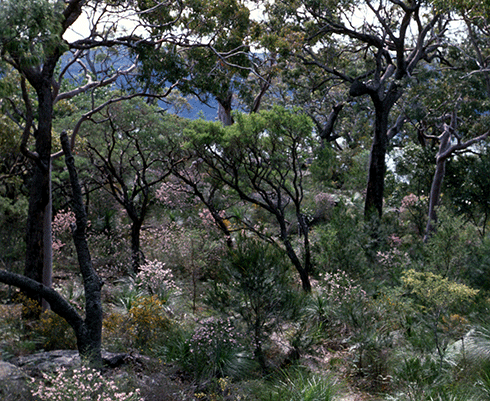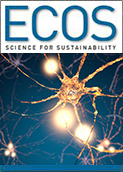
|
Published: 26 May 2014
Benefits of bush restoration stack up for environment and communities
Replanting native forests and woodlands vegetation on Indigenous lands, especially across southern and eastern Australia, could help restore the nation’s native vegetation in places where it is needed, as well as store significant amounts of carbon, according to a new study.

|
|
Planting diverse native vegetation to offset carbon emissions also allows Indigenous communities to benefit financially and culturally from restoring native plants on their lands. Credit:
scienceimage under CC BY 3.0
|
The study, published in PLoS ONE, concludes that bush replanting or regeneration could also provide a source of income and other benefits for Indigenous communities.
These benefits include the opportunity to work on country, increase knowledge and training, improve health and enhance their management of traditional lands, according to Dr Anna Renwick of the National Environmental Research Program’s Environmental Decisions Hub (NERP EDH) and Dr Cathy Robinson of the CSIRO.
‘This work builds on research led by Dr Robinson, which reveals that Indigenous Australians are interested in participating in carbon markets and offset strategies, that would allow them to be paid for carbon stored while providing other opportunities,’ says Dr Renwick.
‘One of the aims of Australia’s Carbon Farming Initiative (CFI) is to deliver these benefits, and one offset method – planting diverse native vegetation – on Indigenous lands allows the communities to sequester carbon while at the same time restoring native plants on their lands.’
The NERP EDH and CSIRO team of researchers says that some of the 92 million hectares (Mha) of Australia cleared since European settlement have the potential to be replanted or regenerated with native forests and woodlands.
‘At Australia’s 2011-2012 carbon trading price of $23/tonne, 9.7 Mha of Indigenous land could be profitably used for carbon-farming to store the equivalent of 83Mt of carbon dioxide,’ says Dr Renwick.
‘This is equivalent to the emission from 35,350 litres of petrol – every year, by restoring the native bush that once grew there.’
The researchers used a mathematical formula to identify areas that can both sequester carbon and restore biodiversity at a minimum cost.
‘As well as storing carbon, the selections of revegetation areas was aimed at restoring each heavily cleared native vegetation type to at least 30 per cent of its pre-European settlement extent,’ says Dr Renwick.
‘We prioritised these areas according to the cost – the lower the cost to sequester carbon and restore the vegetation, the higher its priority.’
Almost 19 per cent of the areas identified nationally as ‘very high’ and ‘high’ priority areas for meeting both carbon sequestration and restoration goals are on Indigenous lands, and are mainly located in southeast Queensland, eastern New South Wales, southwest Victoria, southeast South Australia and southwest Western Australia.
‘Given that Indigenous land covers 19 per cent of the total area that potentially could be replanted, these lands are an important resource for mitigating the effects of climate change,’ says Dr Renwick.
‘Our results show that carbon offset schemes could, offer great opportunities to deliver carbon and conservation as well as social and cultural benefits on these lands.’
Researchers note that, as with all carbon farming initiative projects, uptake of the opportunities will depend on a range of factors, including the price of carbon, the technical capacity to establish and maintain vegetation and social and regulatory constraints on land use change.
CSIRO researchers Drs Tara Martin, Phil Polglase and Josie Carwardine and Ms Tracey May, also collaborated on the paper, along with the University of Queensland’s Professor Hugh Possingham.
The Australian Government funds the National Environmental Research Program (NERP) to inform evidence-based policy and sustainable management of the Australian environment.
Source: NERP



